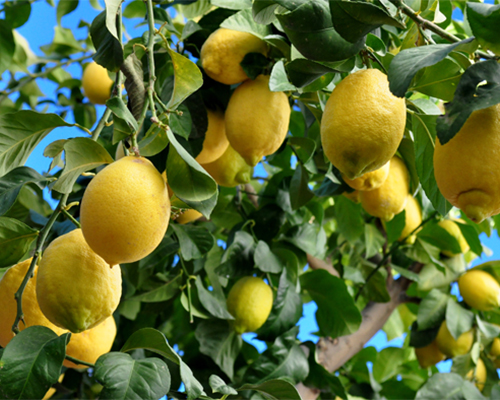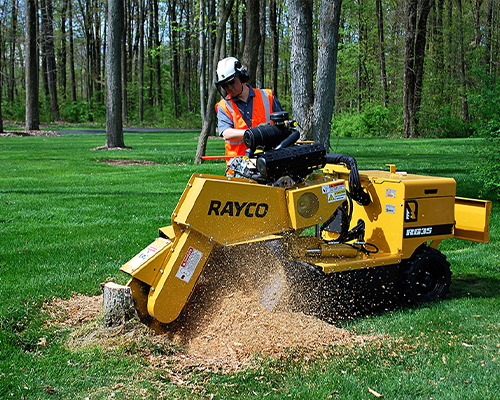
Why Your Evergreen is Dying & How to Save It
February 4, 2019
Watch out for falling trees with all this Rain
March 27, 2019Lemon trees have much to offer the backyard citrus lover, and — like other citrus trees — are among the easiest fruit trees to care for and maintain. The relatively small plants are undemanding and as pretty as they are durable and long-lived. Hardy only in U.S. Department of Agriculture planting zones 8b through 11, lemon trees are among the most cold-sensitive of all citrus varieties. Providing proper care for outdoor lemon trees is neither difficult nor expensive. It is much easier to put forth the proverbial ounce of prevention than it is to try to salvage a tree that is unhealthy or dying from neglect.
1
Locate lemon trees in well-draining spots in full sun. While these trees tolerate even very poor soil conditions well, they cannot endure wet feet. A soil pH range between 5.5 and 6.5 is ideal for lemons. Plant them in the highest areas of your property to avoid exposing them to cold air that accumulates in low spots. Space lemon trees at least 12 feet apart. Give them at least 12 feet of open area away from fences, buildings, other trees and large ornamentals to encourage good air circulation.
2
Spread about 4 to 6 inches of organic compost from 6 to 12 inches away from the lemon tree’s trunk to just beyond the drip line. Use compost, grass clippings, leaves or hay. This will keep the planting site free of weeds that compete with the tree for nutrients. Mulch also retains valuable moisture and enriches the soil as it decays.
3
Pick up twigs, debris and fallen fruit under the canopy of the lemon tree and dispose of it immediately. This keeps the area attractive and discourages pests and disease infestations.
4
Water your outdoor lemon trees regularly to keep them healthy and maximize quality fruit production. Keep newly planted trees evenly moist but not soggy or wet until they are well established. Thereafter it is best to allow the top 1 to 2 inches of soil to dry out between waterings throughout the growing season. Watering once to twice weekly in the absence of rainfall is typically adequate. Water the lemon trees lightly throughout the winter months. This helps prevent damage to roots. Supply about 1 inch of water each week from October through February if it does not rain.
5
Fertilize these heavy feeders regularly with synthetic products formulated for citrus trees. Follow the manufacturer’s directions for amounts specific to the age of your lemon tree. These amounts are often expressed as annual quantities. Divide that amount into three applications throughout the growing season. Make the first application in March after all danger of frost has passed but before the tree blooms. Feed again in May and repeat in June. Do not fertilize after August to avoid frost-sensitive new growth flushes late in the year.
6
Prune outdoor lemon trees in the spring after all danger of frost has passed for your area. These pretty, relative small plants are well-behaved and require only minimal pruning, particularly those under about four years of age. Use clean, sharp pruning shears to remove dead branches and any limbs that rub or cross each other. Trim out any damaged wood. Remove water spouts anywhere on the tree as well as suckers that emerge anywhere below the bud union as they occur throughout the growing season.
7
Harvest lemons as they ripen to meet your needs. Citrus fruits can remain on the tree for weeks after ripening without suffering ill effects. Pick fruits that you cannot use and give them away or squeeze and freeze the juice. Allowing excessive amounts of heavy fruit to remain on your lemon tree can damage the limbs. Remove all fruits when frost threatens, as lemons are ruined by temperatures below about 30 degrees Fahrenheit.
8
Winterize your lemon tree when frost approaches. These plants suffer severe damage from freezing temperatures, which can even kill them. Wrap the trunk with several layers of cardboard and secure it in place with duct tape. String some outdoor holiday lights through the branches. Turn them on at night and off during the day. Toss some old blankets over the canopy. Cover the tree completely to the ground. Remove all coverings during daylight hours to allow the lemon tree to absorb heat from its surroundings and replace them by twilight.





